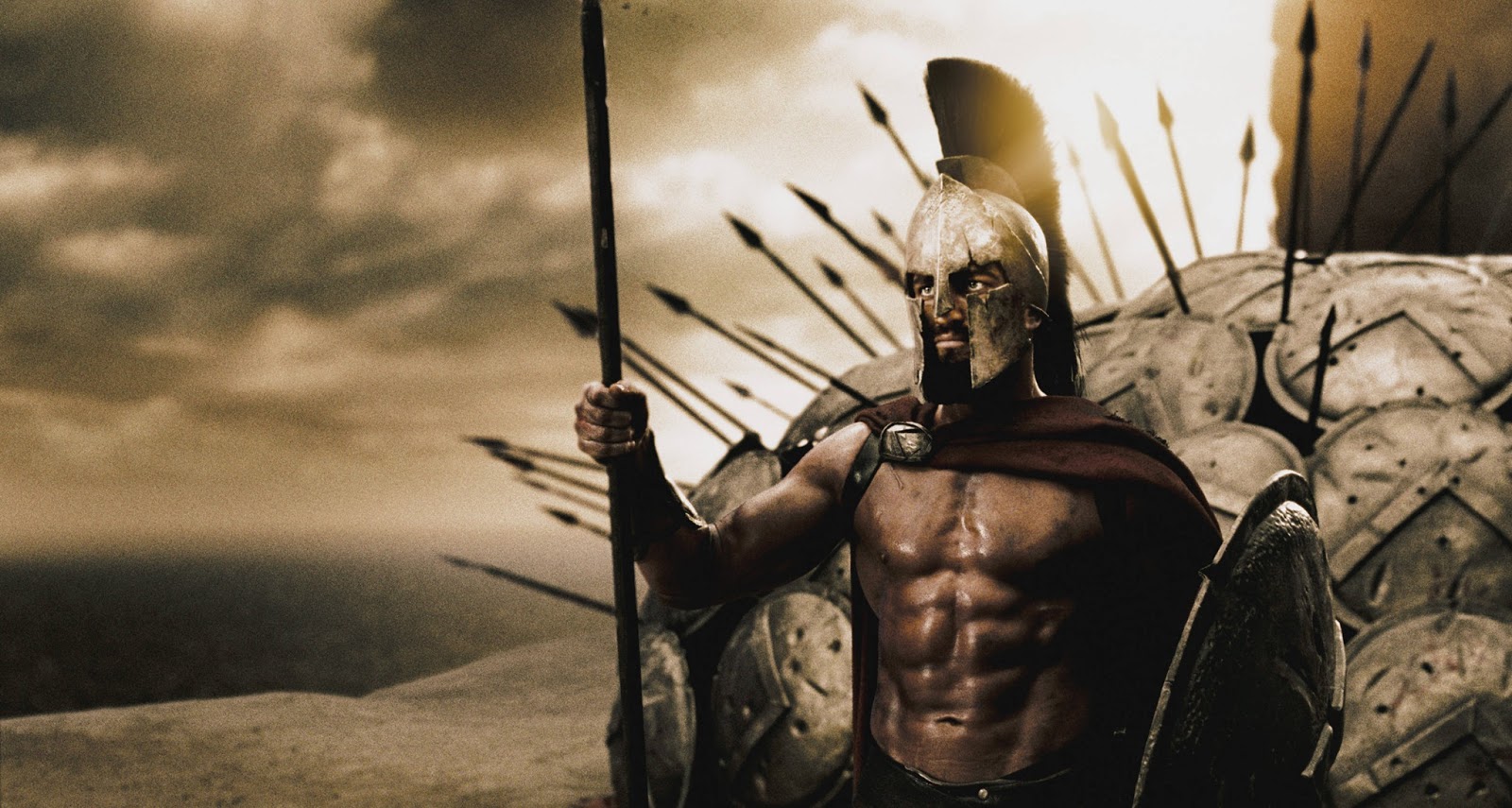
Calistenia was designed in France by the Swiss Phoktion Heinrich Clias, who around 1822 spread this practice beyond his home country to countries like England. Thus, over the years, this type of physical activity has become very popular worldwide.
Currently, calisthenics is incorporated into other modalities such as functional training, CrossFit, and street workout. It was designed for ordinary people, that is, not athletes.
When it was introduced in the United States by Catharine Beecher, Calisthenics was initially referred to as women’s gymnastics. In Germany, it was part of women’s education. However, interest in calisthenics has expanded to the other gender and other age groups as well. In calisthenics training, they practiced faster, more rhythmic movements with sudden stops to the sound of lively music.
So, here we understand the connection between artistic gymnastics and calisthenics with its equipment since both practices exercise the entire body and are based on, basically, strength work with the student’s body weight. Therefore, just as artistic gymnastics movements are applied in CrossFit training, calisthenics is also covered.
Crossfit And Calisthenics
Some restricted movements without sway applied in CrossFit come a lot from calisthenics, such as Strict pull-ups, Strict RingMuscleUps, Strict hand Stand push-ups, Strict BarMuscleUps, among others.
Calisthenics is also present within the typical training session of CrossFit, with movements only with the body and in “HOLD” (movements to support the body still). Examples of this type of activity are L-SIT, Hollow’s, Arch’s, handstands, and other various movements. A considerable improvement in body awareness is observed, strengthening internal muscles and a more robust, firmer core and prepared to withstand higher impact movements.
Furthermore, the method and techniques used during a calisthenics class make this activity accessible to anyone, as there are no age limits. Even physical therapists recommend calisthenics to treat pathologies such as scoliosis, herniated discs, or knee problems. The fact that this activity does not impact joints and allows the body to be shaped, toned, and aligned simultaneously has been one reason why many people are interested in this practice. Getting your body moving, improving posture, and caring for your joints are essential motivations to think about before starting any physical activity.










